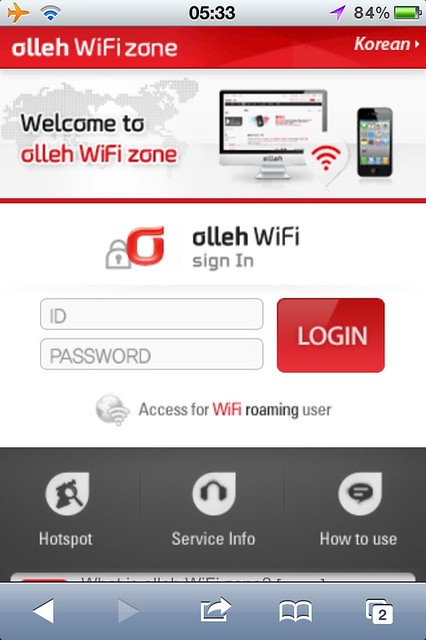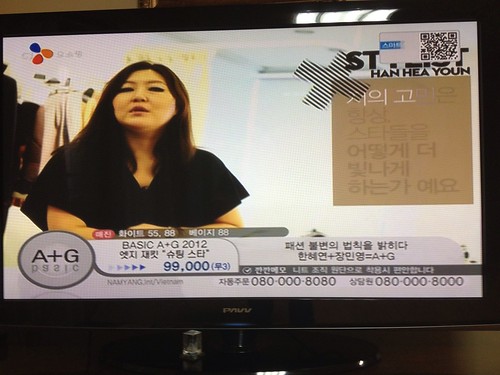Turbo
Turbo Shandy from the Turbo Drinks Company – I find it fascinating that someone would use ‘turbo’ as a brand. Its so 1980s: Saab Turbo, Turbo aftershave (like Brut, but nastier), Turbo sunglasses, Turbo razors
China
Cui Yongyuan on government Weibo accounts: Shanghaiist – market in helping Chinese government departments ‘get’ social media engagement?
Global Economy: Why China Should Slow Down – but Probably Won’t | TIME.com
Shenzhen drivers face new toll | SCMP.com – it would collect the congestion fee when the city’s public transport network improved with the opening of phase three of the Shenzhen Metro, adding five new lines and more than 100 stations. <– This says a lot about the can-do attitude of China
Consumer behaviour
Young Women Often Trendsetters in Vocal Patterns – NYTimes.com
Ethics
Tobacco firms celebrate as judge rules against graphic images on packets | guardian.co.uk
Finance
Bankers decamp to the new frontier | SCMP.com – leaving US institutions for Chinese firms (paywall)
Hong Kong
Cathay seeking 400 in its largest ever recruitment | SCMP.com – Hong Kong is a real mobile device society so it was interesting to read that since Cathay Pacific introduced mobile app boarding passes only 60-100 out of an daily 50,000 passenger check-ins used the mobile QR code based boarding pass (paywall)
Confidence shaken by hub revelations | SCMP.com – interesting that Norman Foster’s design was originally disqualified for technical reasons, yet was reinstated by some jurors and then won. Sounds a bit dodgy (paywall)
Ireland
FBI: Irish duo are top hackers | Irish Examiner – the way the Irish Examiner writes about this its like the lads have brought home an Olympic gold medal
Japan
Asiajin » Japan’s Youngest Female Mayor Complained Media On Facebook. The Media Fusses
Monk guards remains of unknown tsunami victims ‹ Japan Today – brings home the scale of the loss of human life that happened
London
Monocolumn – Is the UK a failing state? [Monocle] – as usual Monocle nails it
Luxury
Hermès’ China Trademark Case. Do You Know What Trademarks You Really Need? | China Law Blog
Media
Cosmopolitan Says It Has 100,000 Paid Digital Subscriptions | Advertising Age
Launching a new idea in a post-paper world – The Domino Project – interesting post on the challenges of e-publishing
Exclusive: Yahoo Labs Head Raghavan Departing to Google – AllThingsD – interesting that Google is picking him up, to keep him out of Microsoft’s hands perchance?
Online
Facebook and Twitter are far from being revolutionary | SCMP.com
BT and TalkTalk lose challenge against Digital Economy Act | guardian.co.uk – no incentive to set up a digital business in the UK
Research says 40% of Britons ‘getting bored’ with social media, points to rise of niche sites | The Wall Blog
Twitter & Facebook share a problem: Proving social ads work — GigaOM – people are right to be skeptical, it will help improve measurement
Quality
After Ratings Drop, Ford Reworks Touch Screens – NYTimes.com – really interesting comments about software quality, appropriateness of design in cars
Retailing
Experian Hitwise – Voucher sites overtake Price Comparisons sites online – disclaimer: Experian (who own Hitwise) is a client
Security
The Department of Homeland Security Is Searching Your Facebook and Twitter for These Words — ANIMAL – interesting the focus that they put on privacy, much higher than I would have expected
Software
MIT App Inventor – Android development
OpenText Tempo – OpenText Corporation – interesting product: Dropbox | Box.net type metaphor to a product which does the same role that Microsoft Sharepoint previously did within the enterprise
Technology
The European Perspective: The Rise of the iPad – Comscore
Inside Apple’s A5X Chipset: Dual-Core CPU, Quad-Core GPU
Apple bought half of ST MEMS in 2011, says IHS – which indicates that there are a lot of low spec Android and Windows Phone devices out there
Wireless
CTExcel – Chinese MVNO in UK
Core Wireless sues Apple for (of course) patent infringement | MacNews – Microsoft and Nokia in legal shenanigans
Google, Motorola Ordered to Give Android Data to Apple – Bloomberg – this could get interesting
HK cellcos stick to unlimited plans | Telecom Asia


